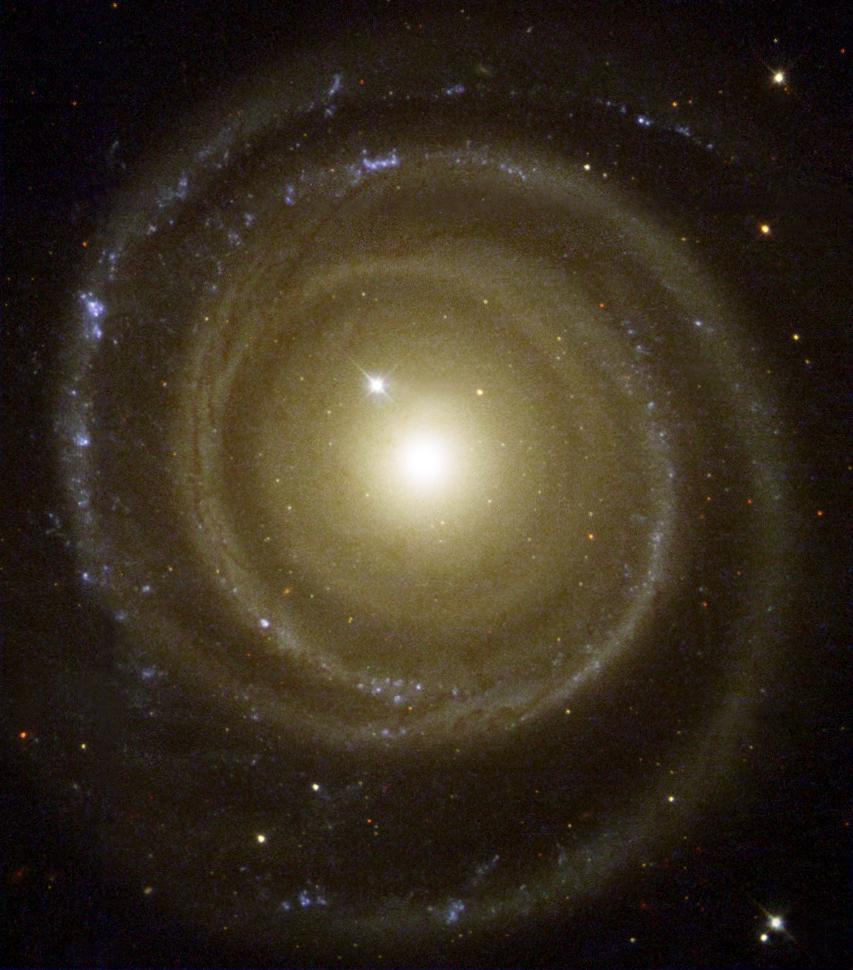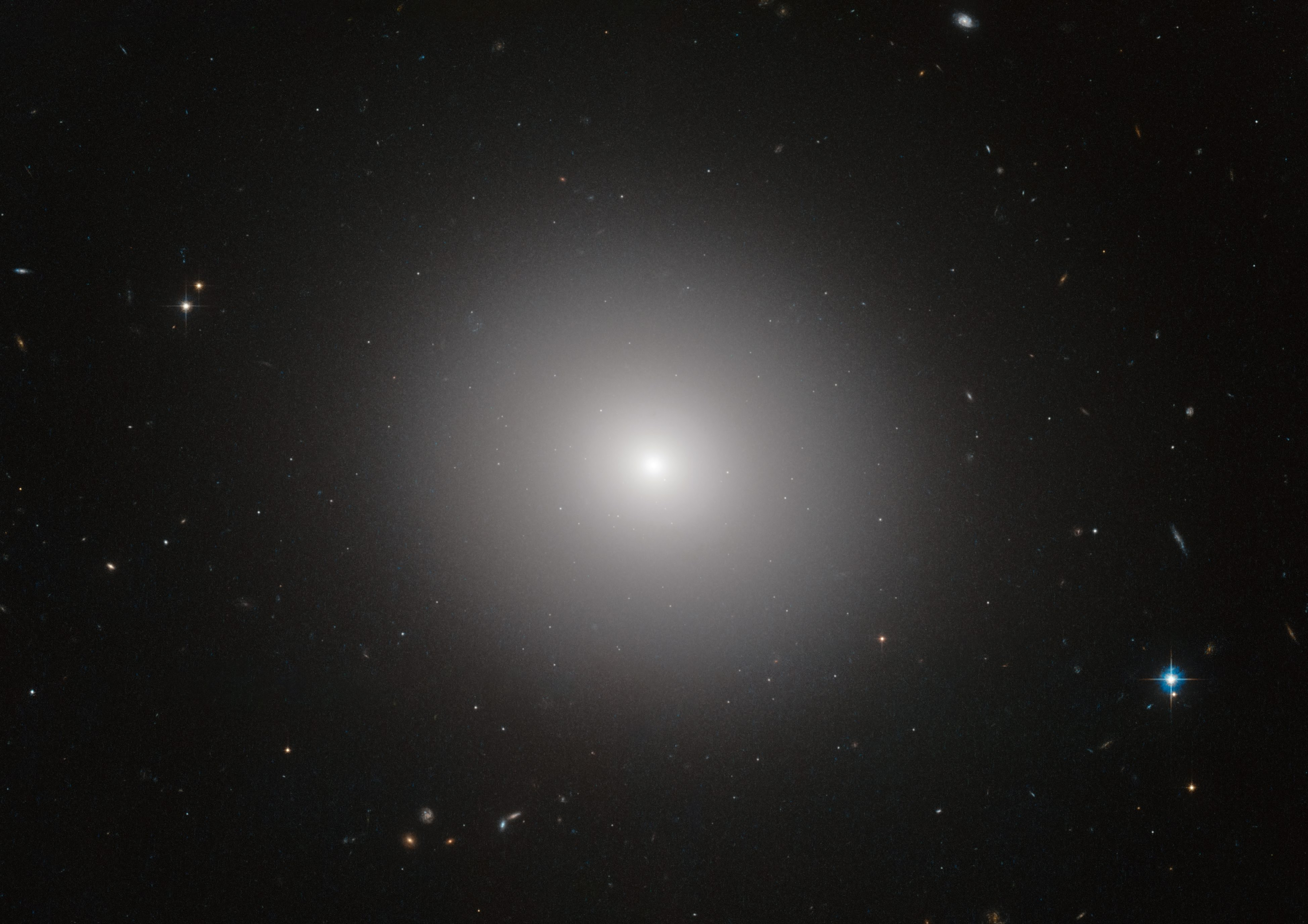Is there life in space? It's too complex a question for us to just say yes or no immediately without any thought. Scientists have, for decades, been experimenting with different methods and technologies to find planets that may be able to support life, and what qualities they need to make it possible. We all know the things we need to survive: water and oxygen. That's what scientists look for: a planet in the Goldilocks zone, where water can stay liquid on the planet's surface. Narrowing it down to planets around a life-supporting star and with water on the surface can help scientists find more potentially life-holding planets. Also, looking for a star that can support life is a good plus. Our sun is a star, and it can support life on our Earth. Stars are categorized by color and temperature. The hottest stars, colored blue, are not able to support life, so scientists ignore planets orbiting a star they already know won't be able to support life on it. The coldest stars, colored red, can support life, but the planet would need to be extremely close to it. Scientists watch the stars for planets because a planet would be dark against a dark sky, so a dark planet in front of a huge, illuminated star would make it easier to find for sure.
There probably is life in space, somewhere out there. Since NASA's Kepler telescope launched in 2009, 21 planets less the size of Earth have been discovered - and in the region where liquid water could be possible. If a planet around the size of Earth with liquid water on it around a life-supporting star is found, life could definitely be possible out in space. The chances of finding it within the next twenty years are not very promising, but it might be possible after twenty years of more research. Scientists have come a long way since their telescope launched and have come across so many possible planets that it probably will happen, and soon. We just need to make sure that we don't tick off the aliens so that the rest of the extraterrestrial life hiding out there doesn't choose to suddenly attack Earth. That would be some way to discover it.



